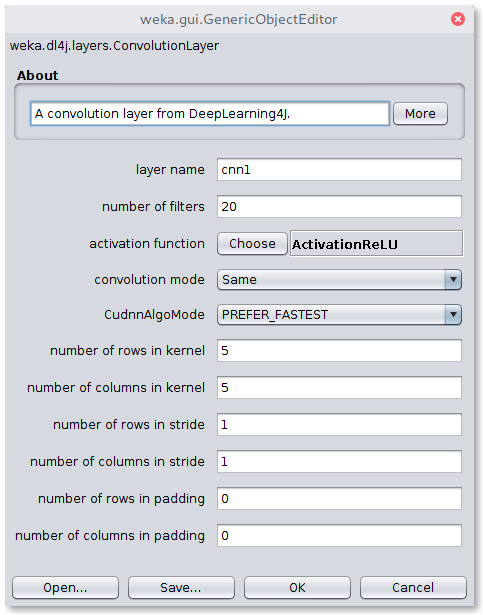


We click to the New in order to create a new system variable. Open Environment Variablesīelow we can see the environment variables menu where we will create the JAVA_HOME system variable and set the path accordingly. In the system properties, we will navigate to the Advanced tab which provides the Environment Variables button like below.

We can also open it from the File Explorer -> Computer -> Right Click. We will open the computer properties with by running sysdm.cpl in the Run menu like below. It offers access to Weka API using thin wrappers around JNI calls using the javabridge package. We can set this path as Java HOME_PATH environment variable. WARNING: Python 2.7 reaches its end-of-life in 2020, you should consider using the Python 3 version of this library The python-weka-wrapper package makes it easy to run Weka algorithms and filters from within Python. Now we have learned the path of the Java, JRE or JDK installation. Locate JRE or JDK Path Set Java HOME_PATH Environment Variable Locate JRE or JDK PathĪnd under the Java directory the JDK is residing. JRE or JDK generally installed on the Program Files or Program Files(x86) directory under the Java directory like below.

Locate JRE or JDK Pathīefore starting the configuration we have to locate the JRE or JDK path.
WEKA JAR MAVEN INSTALL
To get the complete Java language support in Visual Studio Code, you can install the Extension Pack for Java, which includes the Project Manager for Java extension. It also helps you to create new Java projects, packages, and classes. In order to load again the installed jars on the context startup, use the GrapeEndpoint. The Project Manager for Java extension helps you to manage your Java projects and their dependencies. It is certainly possible, as Grape component keeps track of the jar files you have installed.
WEKA JAR MAVEN HOW TO
In this tutorial, we will learn how to set up Java, JRE, and JDK operating system path variables in order to work properly. After you download new jar, you usually would like to have it loaded by the Camel again after the restart of the CamelContext. JDK or Java Development Kit is used to develop Java applications. JRE or Java Runtime Environment is used to run Java application. In this case the source module is java.base and the package is java.Java is a very popular programming language which provides a different component in order to run, develop Java applications. The next step is to find out the corresponding source module and package. Take a look now to the class name at the end of the second line (highlighted in the red rectangle). WARNING: All illegal access operations will be denied in a future release WARNING: Use -illegal-access=warn to enable warnings of further illegal reflective access operations WARNING: Please consider reporting this to the maintainers of WARNING: Illegal reflective access using Lookup on (jar:file:/home/user/workspace/explore/target/!/BOOT-INF/lib/neo4j-unsafe-4.1.2.jar!/) to class Let’s assume that we are facing a warning like the following one: WARNING: An illegal reflective access operation has occurred Please note that this solution requires a little bit of work.Īs you can imagine, this warning is related to reflective operations called by our program or its dependencies. Name your project: Lab6A, target runtime: Apache tomcat v7.0, press Next. This is intended to be a practical solution to disable specifically these types of logs in Java programs. Select Lab6A.war file which contains the java web application with weka and servlet, already working.


 0 kommentar(er)
0 kommentar(er)
